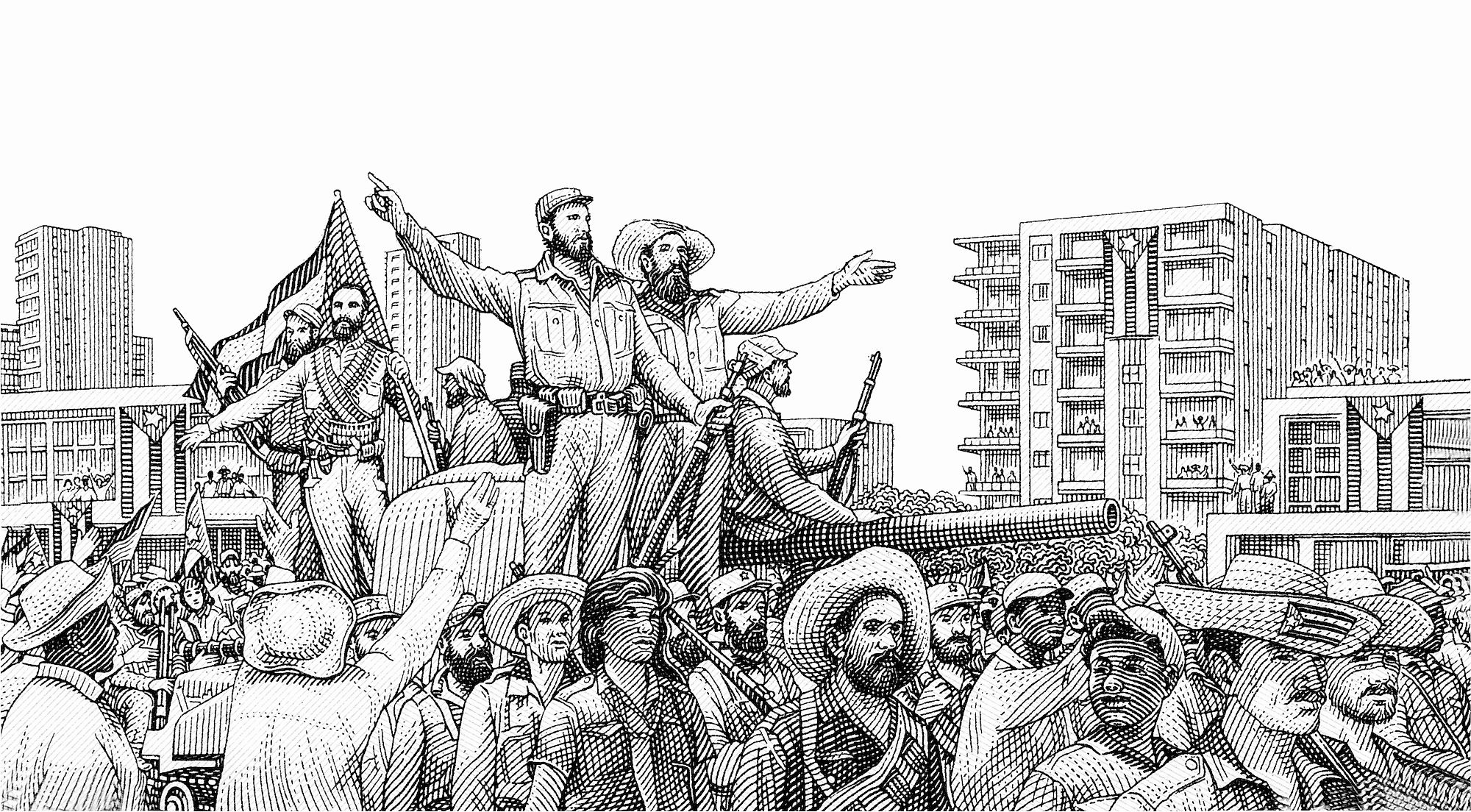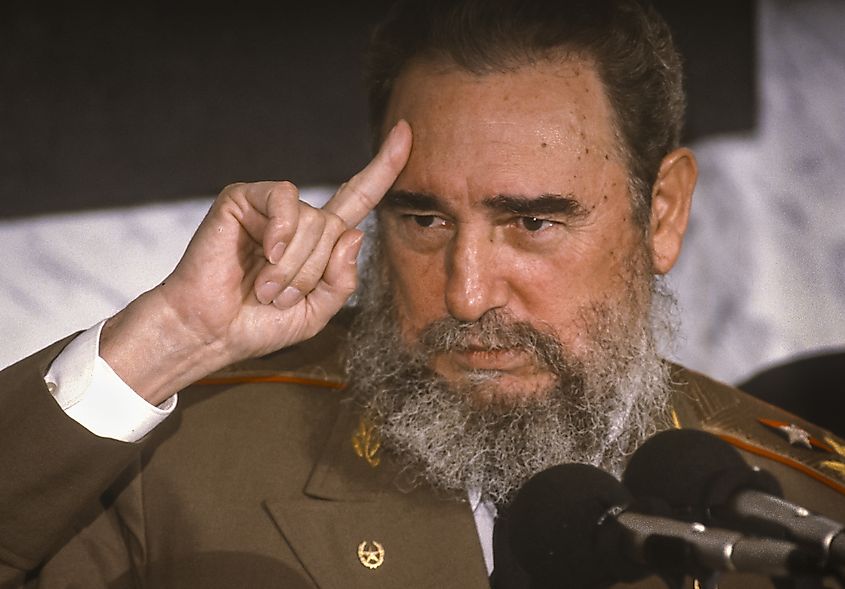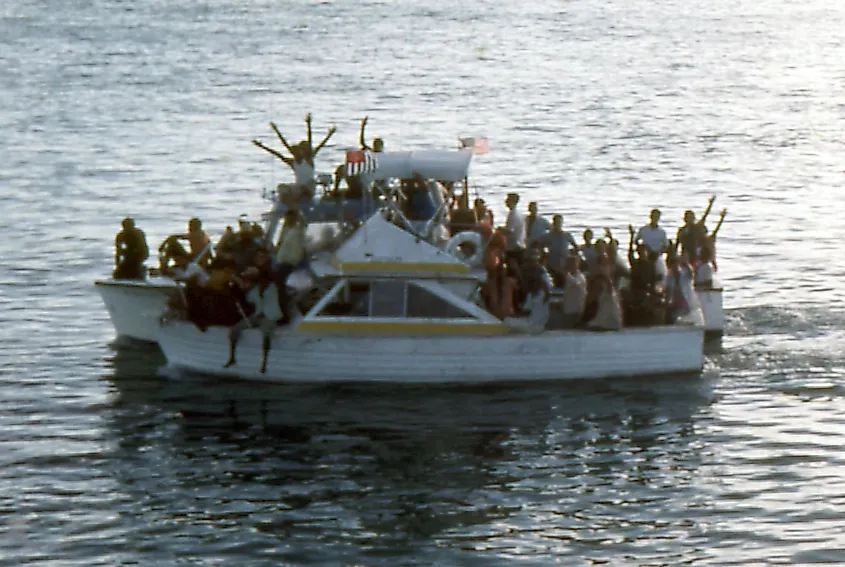
What Was The Mariel Boatlift?
In 1980, from April through October, over the course of seven months, roughly 125,000 Cubans fled Cuba for the United States. It was a direct result of Fidel Castro’s decision to open the ports for anyone who wished to leave Cuba. This event is known as the Mariel Boatlift and is named after the port of Mariel, which lies west of Havana. Eventually the mass immigration ended when the U.S. government and Cuba government came to a mutual agreement.
What Precipitated It?

Fidel Castro had been in power for 21 years and Cuba was suffering under the combination of Castro’s communism and U.S. sanctions. Throughout the 70s, much of the country’s services had been nationalized, from education to healthcare to industry. However morale was low in the country among workers and although there had been economic growth in the early 70s, by the mid-to-late 70s, economic growth had stalled out. In 1973, Castro had stopped allowing Cubans to leave the country in an attempt to prevent the brain drain that was occurring. 1979 saw Cuban exiles allowed to return to the country; many of them returned to visit family and brought money and appliances and other hard-to-get items. This in turn led to increased discontent among those still living in Cuba. Additionally, there were food and housing shortages. People were unhappy.
The Peruvian Embassy Incident And What Followed
On April 1, 1980, Hector Sanyustiz, accompanied by four others, drove a bus through a fence at the Peruvian embassy and claimed asylum. Although Castro demanded that the men be returned, the embassy declined to do so. By April 6th, nearly 10,000 Cubans had swarmed the embassy, claiming political asylum and requesting assistance. The Peruvian president, Francisco Morales, had announced that he was willing to accept asylum-seekers.

On April 14th, U.S. President Jimmy Carter announced that the U.S. would accept 3,500 refugees. The situation escalated even further when Castro stated on April 20th that anyone who wished to leave Cuba was free to do so as long as they left via the Mariel port and were picked up by Cuban relatives in Florida. Shortly after this began, Carter realized that it would become larger. He stated that the U.S. had a “open-arms policy” Simultaneous to this occurring, there was also an influx of Haitian refugees that were allowed to enter the United States— this transpired under the Cuban-Haitian Entrant Program (June 20th).
Castro exploited Carter’s declaration of “open-arms” and used the opportunity to deport convicted criminals and many who were released from mental institutions or hospitals. As the refugees and deportees continued to pour into the United States, it began to have a negative effect on Jimmy Carter’s presidency. In fact, the Mariel Boatlift is widely considered to be an influencing factor on why Carter lost the next Presidential election to Ronald Reagan. As of 2016, there were still “Marielitos” who remained to be deported; they are considered to be serious criminals.











